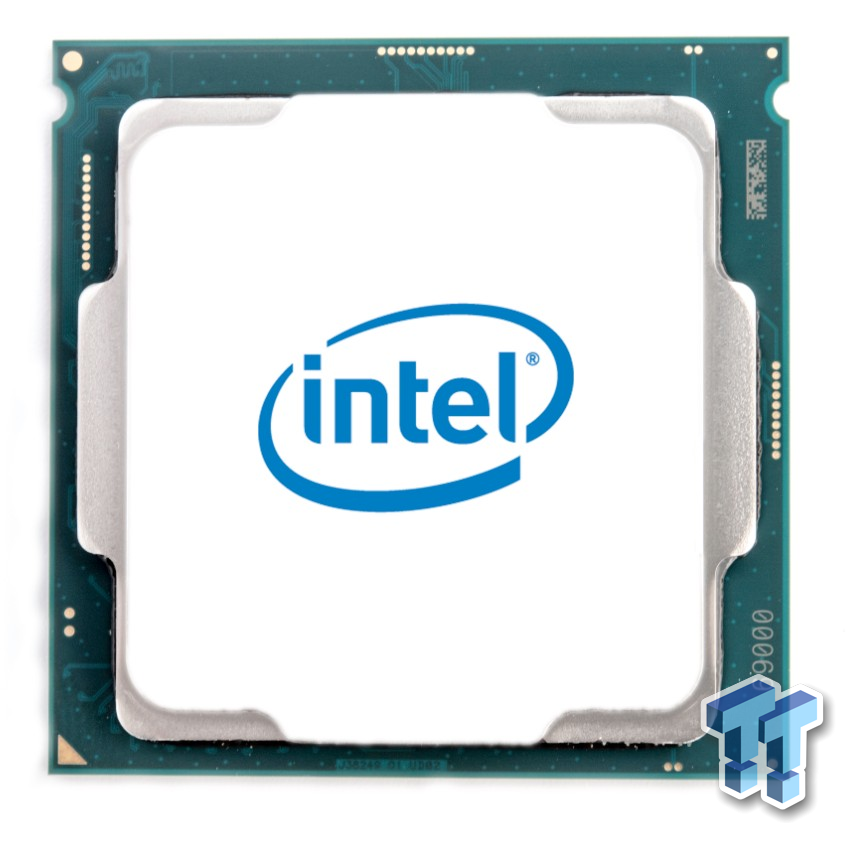Ok, so that part at least is correct. No offense, you'd be surprised how many people I encounter with the most ass-backwards cooling configurations on otherwise high end systems you could ever imagine. So, I have to always ask.
If you are going to overclock that CPU though, you are in truth rather lacking in enough cooling to be sufficient for the configuration. You want to add another exhaust to the top-rear location and another intake in front. Two fans, even in the correct orientations and locations, is really ok for the stock configuration but is hardly enough to create an acceptable level of air exchange within the case, much less to feed that huge cooler with enough ambient for it to work the way it was intended to do.
None of which of course has anything to do with the particular problem you are currently having, but is a problem nonetheless.
For your particular issue, I'd recommend that you take some time to read, probably multiple times, the guides that Cin19 has linked you to, after first resetting the BIOS to it's default configuration by doing as follows:
BIOS Hard Reset procedure
Power off the unit, switch the PSU off and unplug the PSU cord from either the wall or the power supply.
Remove the motherboard CMOS battery for five minutes. In some cases it may be necessary to remove the graphics card to access the CMOS battery.
During that five minutes, press the power button on the case for 30 seconds. After the five minutes is up, reinstall the CMOS battery making sure to insert it with the correct side up just as it came out.
If you had to remove the graphics card you can now reinstall it, but remember to reconnect your power cables if there were any attached to it as well as your display cable.
Now, plug the power supply cable back in, switch the PSU back on and power up the system. It should display the POST screen and the options to enter CMOS/BIOS setup. Enter the bios setup program and reconfigure the boot settings for either the Windows boot manager or for legacy systems, the drive your OS is installed on if necessary.
Save settings and exit. If the system will POST and boot then you can move forward from there including going back into the bios and configuring any other custom settings you may need to configure such as Memory XMP, A-XMP or D.O.C.P profile settings, custom fan profile settings or other specific settings you may have previously had configured that were wiped out by resetting the CMOS.
In some cases it may be necessary when you go into the BIOS after a reset, to load the Optimal default or Default values and then save settings, to actually get the hardware tables to reset in the boot manager.
It is probably also worth mentioning that for anything that might require an attempt to DO a hard reset in the first place, IF the problem is related to a lack of video signal, it is a GOOD IDEA to try a different type of display as many systems will not work properly for some reason with displayport configurations. It is worth trying HDMI if you are having no display or lack of visual ability to enter the BIOS, or no signal messages.
And I would pay particular attention to the guide located at
https://rog.asus.com/forum/showthread.php?103548-8086K-8700K-Overclokcing-Guide-with-ASUS-Maximus-X since that is brand specific.
For the basics, reading through my overclocking guide for beginners should hopefully be helpful as well. AFTER you have at least a basic grasp of the concepts in these informational guides, THEN it makes sense to begin, incrementally, to build your overclock. Trying to jump to any particular speed or configuration without doing the work that gets you there will only result in either bad or worse results, as you have already seen.
Covering the basics If you found your way here it's likely you are looking for help with basic overclocking. Either that or you're a long time overclocker interested in seeing whether I had any eye opening insights that you may have been lacking. Rest assured, I don't. This is only intended as...

forums.tomshardware.com



